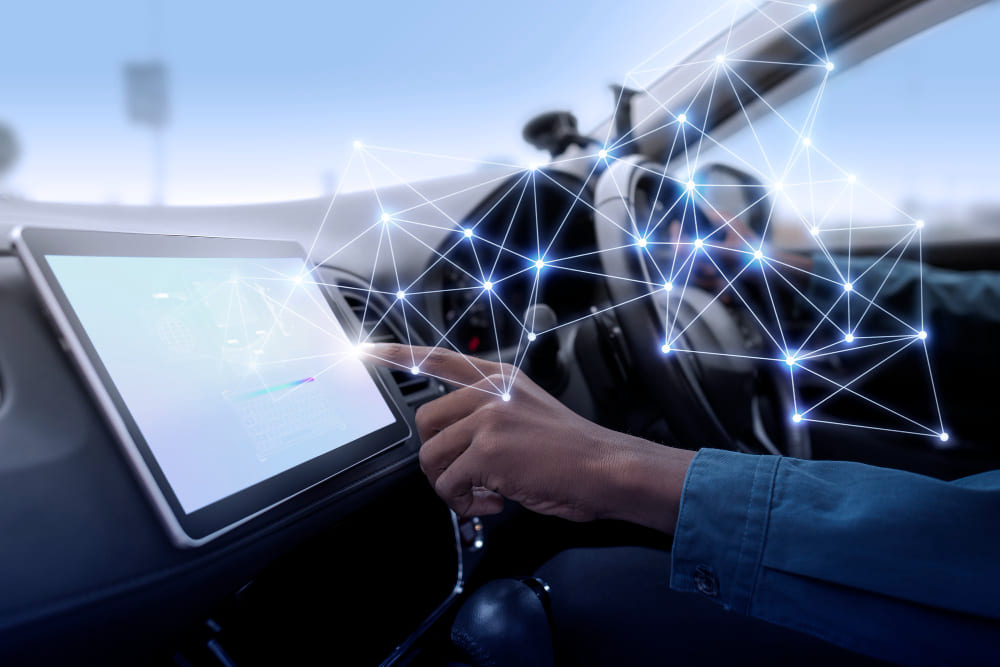As mobility systems grow more intelligent and autonomous technologies advance, the need for precisely annotated data becomes ever more critical. At the core of advanced driver-assistance systems (ADAS) is machine learning, which relies heavily on high-quality data to perform effectively. Among the most important ingredients in the success of these systems is ADAS data annotation—the process of labeling sensor data to help AI recognize and respond to real-world driving conditions. When done reliably and at scale, this annotation work becomes the foundation of safer, smarter, and more ethical mobility systems.
The Role of ADAS Data Annotation in Mobility
ADAS is designed to assist drivers with functions like collision warnings, adaptive cruise control, pedestrian detection, and lane-keeping assistance. These systems depend on machine learning algorithms trained on vast volumes of visual, spatial, and environmental data gathered from vehicle-mounted sensors such as cameras, LiDAR, radar, and GPS.
However, raw data from these sources is meaningless to AI until it’s translated into structured information. This is where ADAS data annotation comes in. Whether it’s bounding boxes around pedestrians, semantic segmentation of road lanes, or object tracking across time frames, annotation ensures that machines understand what they’re seeing—and how to act on it.
For smarter mobility systems to evolve, the annotation process must be highly accurate, consistent, and reflective of real-world complexity. This includes edge cases like night driving, poor weather, unusual traffic patterns, and interactions with unpredictable pedestrians.
Why Reliability Matters in ADAS Annotation
In the world of ADAS, the margin for error is razor-thin. A missed lane marking, a misclassified vehicle, or an unrecognized pedestrian can lead to life-threatening consequences. As such, reliable ADAS data annotation is not just a technical requirement—it is a safety imperative.
Reliability in this context refers not only to accuracy but also to consistency over time, across environments, and among different annotation teams. Autonomous systems must be trained on data that reflects the diversity of real-world driving, ensuring the AI can generalize well across geographies, conditions, and user behaviors. That reliability is only achievable when human annotators are trained, supported, and equipped with clear guidelines and review mechanisms.
The Human in the Loop: RLHF in Annotation Workflows
While automation and tools are advancing, human-in-the-loop learning—especially through Reinforcement Learning from Human Feedback (RLHF)—remains essential in the ADAS training pipeline. RLHF enables systems to learn not just from data but from human judgment and corrections. In ADAS annotation, this can look like humans reviewing and adjusting labels suggested by pre-trained models, or refining edge case scenarios that automated tools alone cannot handle.
Incorporating RLHF enhances reliability by introducing human insight where machines might fail. For example, understanding pedestrian intent or correctly labeling temporary road signs during construction requires contextual awareness that often surpasses current AI capabilities. Human annotators bridge this gap, teaching systems through nuanced feedback loops.
Furthermore, RLHF contributes to continual improvement. As the model evolves and new edge cases emerge, humans guide the learning process by reinforcing correct interpretations and penalizing incorrect ones, much like teaching a child through repeated feedback.
Scalable Annotation with Social Impact
A critical, often overlooked, dimension of reliable ADAS data annotation is the ethical and inclusive sourcing of human talent. Rather than automating away human effort, some leading data partners build long-term talent networks in emerging markets, training individuals in digital skills and providing meaningful employment through annotation work.
This model creates dual value: high-quality data for AI systems and socio-economic upliftment for underserved communities. Annotators are not just passive labelers; they are empowered participants in shaping how AI understands the world. With proper training and feedback loops, they consistently outperform automated tools in accuracy—especially in ambiguous or complex scenarios.
Additionally, annotation centers built around impact sourcing often emphasize strong quality control, reviewer hierarchies, and continuous learning frameworks. These ensure that annotation isn’t just scalable, but also reliable at scale, meeting the rigorous demands of ADAS development.
Context-Rich Annotation for Diverse Driving Conditions
To build mobility systems that are genuinely smart and inclusive, ADAS data must be annotated with a deep understanding of global variability. Driving in Nairobi is different from driving in New York or New Delhi. Cultural norms, road conditions, signage styles, and weather patterns vary widely—and annotation must account for this complexity.
Reliable ADAS annotation therefore involves not just drawing boxes, but capturing context. Are pedestrians likely to jaywalk? Are there potholes that need to be detected? Are the traffic signals overhead or on the side? Annotators trained to think contextually provide data that is far more useful to machine learning engineers designing models for real-world deployment.
The Future of Mobility Starts with Better Data
As vehicles become more autonomous, the need for accurate, ethical, and reliable ADAS data annotation becomes non-negotiable. Smart mobility is not merely a function of faster processors or better cameras—it depends on how well machines are trained to interpret the world. This training, in turn, is only as good as the data they learn from.
Through a human-centered, feedback-driven, and socially responsible approach to annotation, developers can build AI systems that not only perform better but also reflect the complexity and diversity of real-world driving. By investing in quality annotation now, we pave the way for autonomous systems that are safer, smarter, and more inclusive.
In short, the journey toward intelligent mobility begins not on the road—but at the data desk, where dedicated annotation teams are teaching machines how to see, think, and drive.
- Reliable ADAS Data Annotation for Smarter Vehicle Mobility Systems
- Enhance ADAS systems with high-quality ADAS data annotation services. Ensure safer, smarter driving through accurate object and scenario labeling.
- ADAS data annotation
Related posts:
 Why KBH Games Is Perfect for Family-Friendly Online Entertainment
Why KBH Games Is Perfect for Family-Friendly Online Entertainment
 Build a Seamless School Portal with These Powerful Templates
Build a Seamless School Portal with These Powerful Templates
 7 Ways Aerospace Companies Are Using Composites to Elevate Aerial Robotics
7 Ways Aerospace Companies Are Using Composites to Elevate Aerial Robotics
 Samsung Galaxy S24 Ultra Price in Pakistan: A Closer Look at the Mid-Range Marvel
Samsung Galaxy S24 Ultra Price in Pakistan: A Closer Look at the Mid-Range Marvel
 The Ultimate Web Development Checklist for Building High-Performance Digital Experiences
The Ultimate Web Development Checklist for Building High-Performance Digital Experiences
 2025’s Best Tablets in Pakistan for Performance and cheap Price
2025’s Best Tablets in Pakistan for Performance and cheap Price
 10 Local SEO Tips to Boost Your Electronics Repair Shop Online
10 Local SEO Tips to Boost Your Electronics Repair Shop Online
 Optimizing Healthcare Operations in Qatar Through Dynamics 365 Finance and Operations
Optimizing Healthcare Operations in Qatar Through Dynamics 365 Finance and Operations








